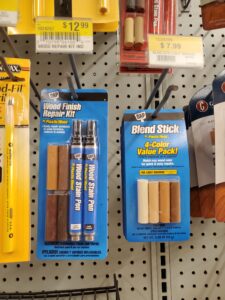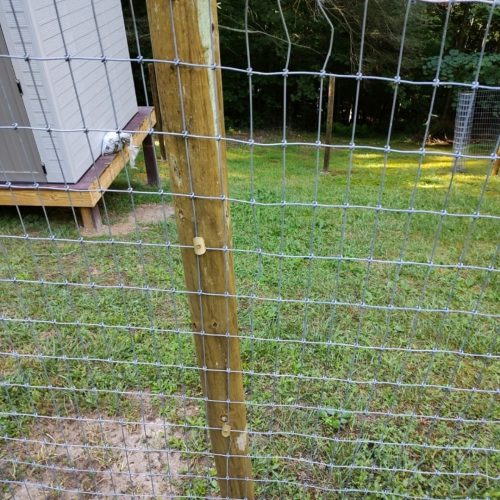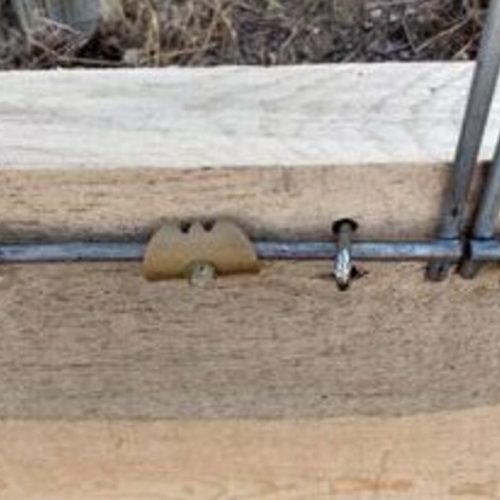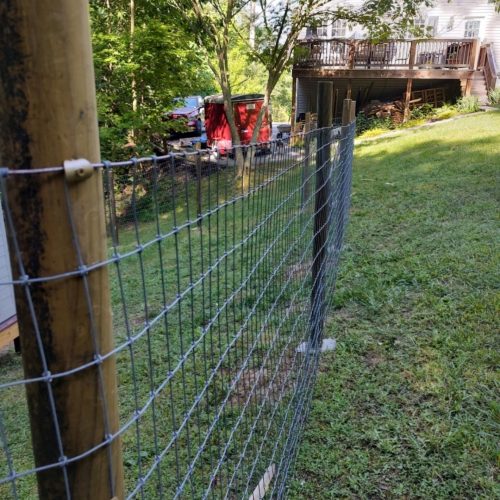The question of whether or not it is possible to Painting Pressure Treated Wood Fences was recently posed to us, and the answer is yes! However, you will need to complete certain additional tasks that are not required when working with conventional lumber.

What is Pressure Treated Wood?
Lumber that has been “pressure-treated” has previously had a preservative injected into it at high pressure. This treatment significantly lengthens the usage life of the wood, often by many decades. The strength of pressure-treated lumber is identical to that of untreated wood. The addition of chemical preservatives to pressure-treated timber makes it more resistant to the effects of exposure to the elements than untreated wood. As a result, it is able to keep its structural integrity in environments that would normally cause wood to rot if it were left untreated.
Pressure-treated lumber is commonly used for outdoor decks and landscaping projects (such garden beds) due to its endurance; however, the treated wood must be sealed to prevent contact. Most two-inch or thinner treated wood is intended for above-ground use and may not hold up well in a ground-contact setting. Keep in mind that pressure treated wood belongs outside. While pressure treated wood is safe to handle and safe for moderate exposure in enclosed spaces, long term exposure to treated wood is not ideal for good health.
Tip #1: Preparation
When preparing to paint pressure-treated wood, you can use a roller, a brush, or a sprayer. Keep in mind that staining pressure treated wood is much easier than painting. The wood must be completely dry, both externally and internally, before it is painted. Painting pressure-treated wood requires a high-quality, water-based exterior latex paint and primer. The primer will help the paint stick better, so don’t skip it. Next make sure to clean the surface you plan on painting and patch large cracks in the pressure-treated wood with epoxy resin.

Tip #2: Priming
Painting Pressure Treated Wood Fences simply has to be dry on the surface before being stained, rather than completely dry within. It’s vital to make this distinction because some wood coverings, like stains, allow air to pass through. Paint and other coatings are moisture-proof, but they also restrict airflow. Painting pressure-treated wood before it is completely dry inside might cause the paint to flake and the board to distort. To be sure that your pressure treated wood is dry enough for most applications, you will want to keep it out of moist environments for about 48-72 hours. If it’s damp, don’t start your treatments! After ensuring the wood is dry enough, the next stage is to prime. If you intend to use a paint roller, be sure to have a brush nearby so that you can get into all of the nooks and crannies that a roller cannot reach.
Tip #3: Painting
Now here’s where things get exciting for all you do-it-yourselfers out there: our friend Jody Smith, owner of Cattail Junction Styling, has a cute little booth at Vintage and Rustics in Miles City where she sells plenty of fun paint colors that are perfect for any and all of your DIY project requirements. From neutrals to bold colors, wood or metal, she’s got plenty of options to choose from.

Tip #4: Be Creative
If you’re looking to put minimal effort into this project just slap some stain or a simple paint on and get on with your day, but if you are looking to get super crafty we’ve got you covered! Jody has tons of fun options to let your creative side run wild with.
- Jody has lots of options for chalk paint, which you do not need primer for, she recommends doing two layers of paint for. Be sure to use an oil-based polyurethane with this and all of her other products.
- Metallic paint is another fun option, but to make it even more fun she suggests that you use gloss polyurethane for a glass-like finish. But if you want the metallic paint to shine through and be the star we recommend a matte polyurethane.
- Matte paint is a fan favorite for many DIY projects, it’s recommended to pair it with a matte polyurethane as well.
- Jody also has paints that you can use for any project’s containing metal, including gold and silver flakes!
- Now if you decide to use any of her wax products remember that uncle you use it you are finished since the wax prevents further staining, coloration, etc.
Happy DIY-ing!
We hope this blog has been helpful for your upcoming projects Should you have further questions, the Cat’s Claw Fasteners team is here to assist! Please send your inquiries to our Head Cat Collector, Chava, at chava@catsclawfasteners.com. Additionally, explore our array of blog posts and stay connected with us on Facebook, Instagram, Pinterest, and Youtube!
Read Next: Rodeo Outfits (with boots)








